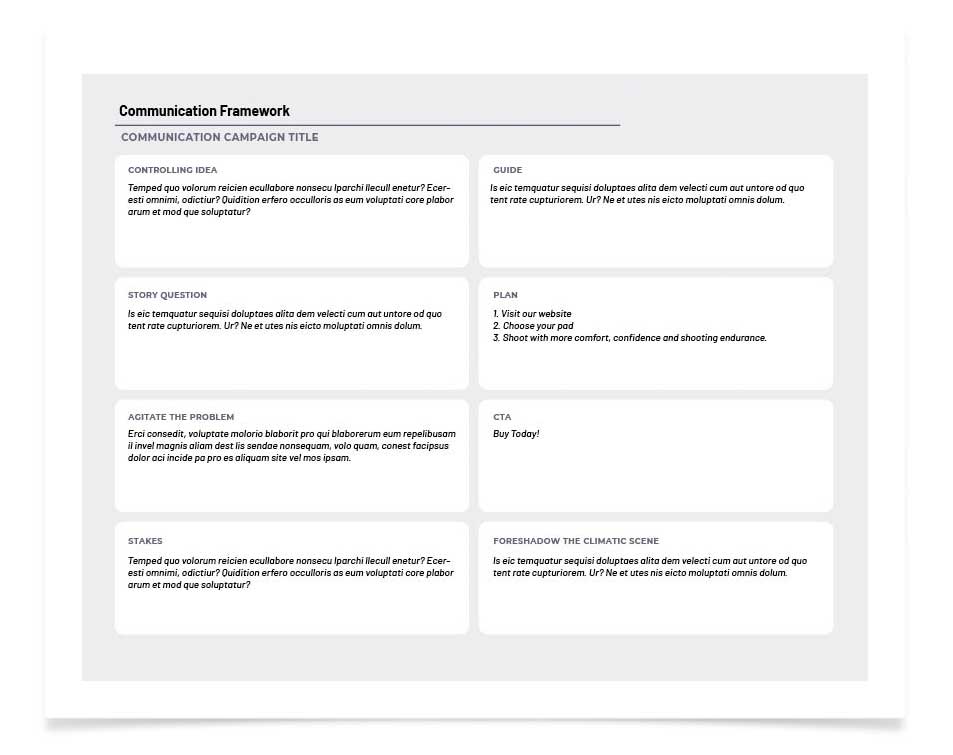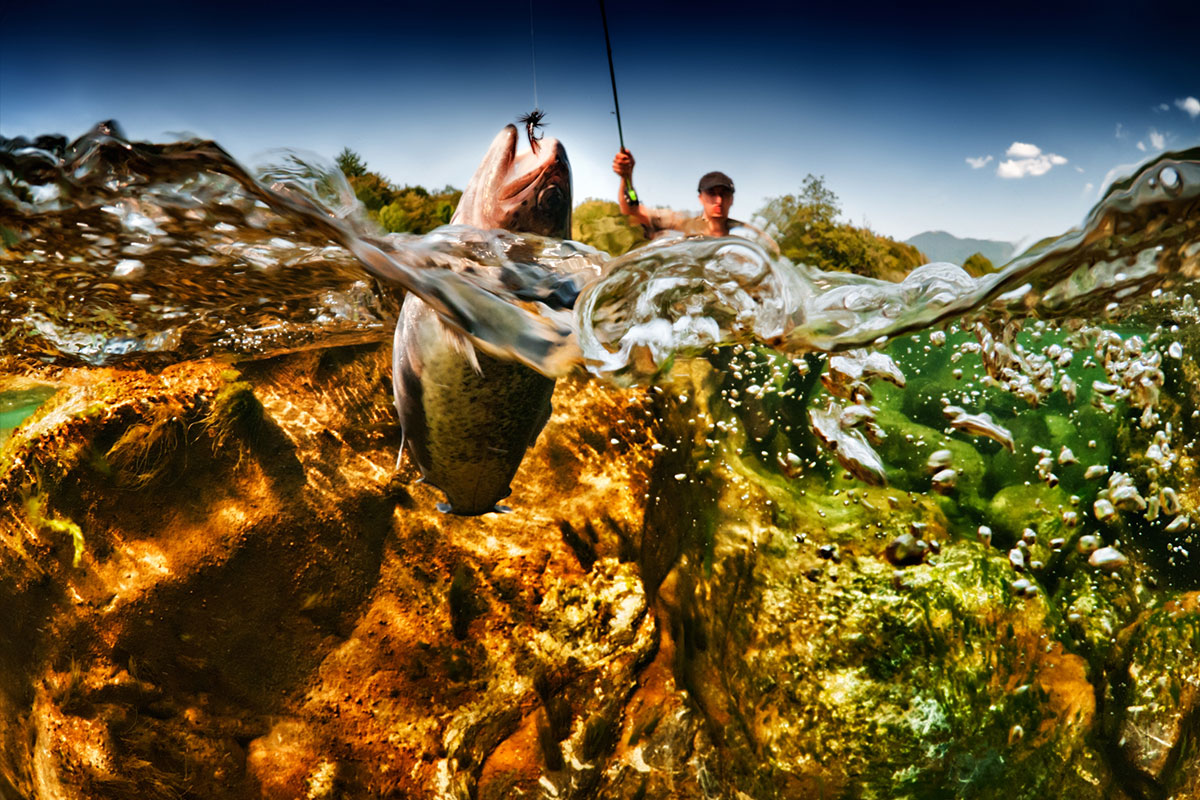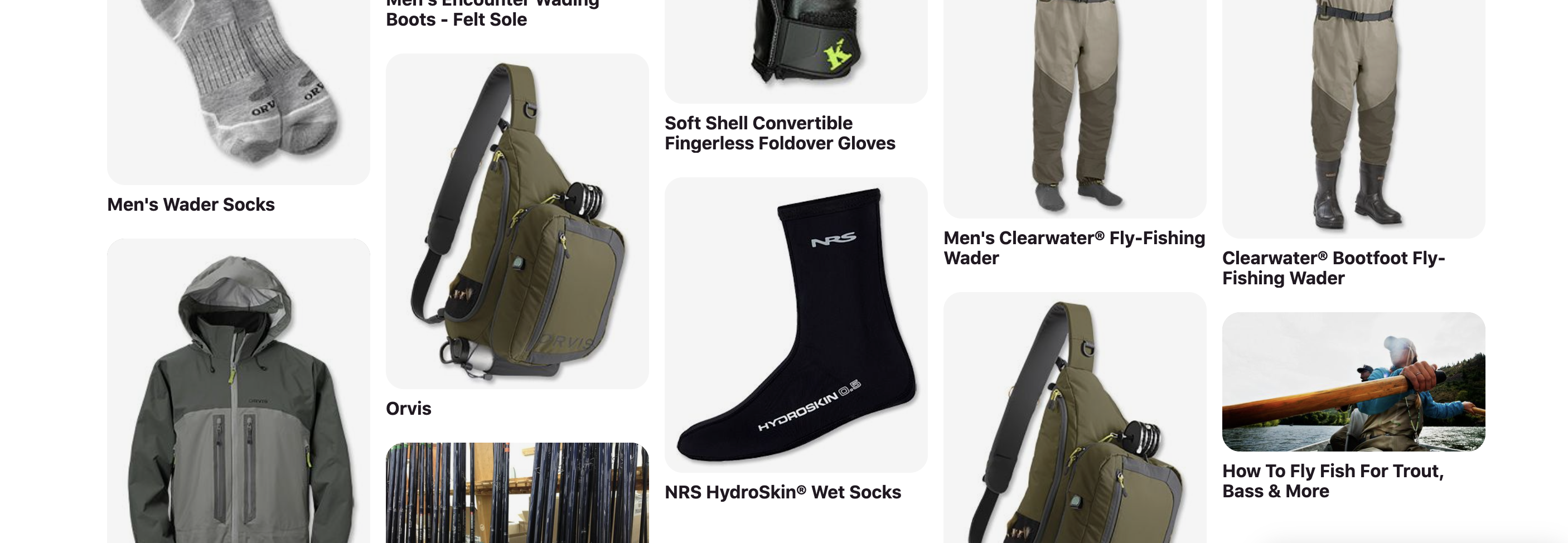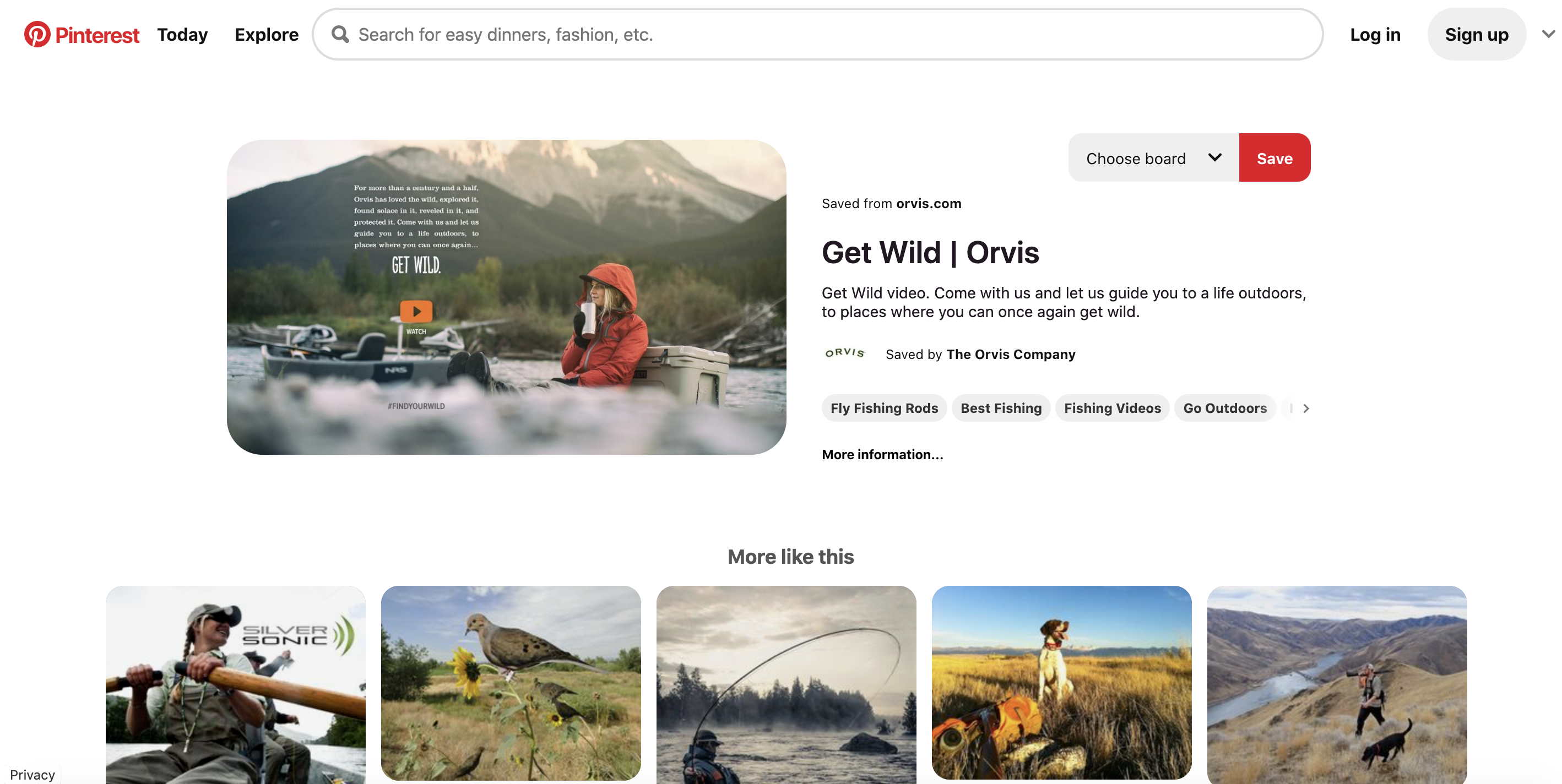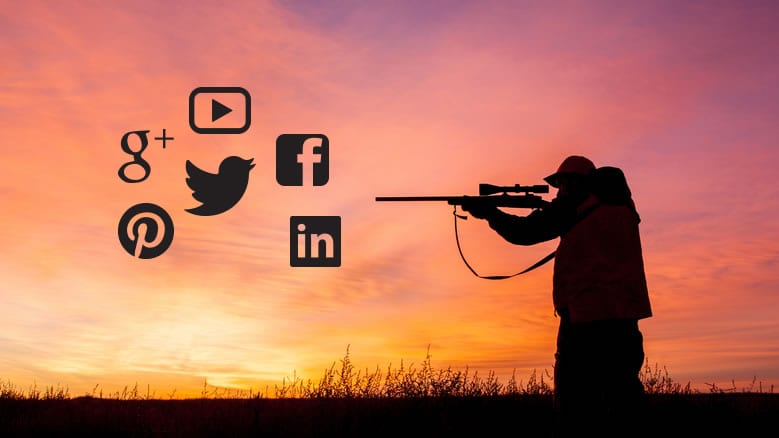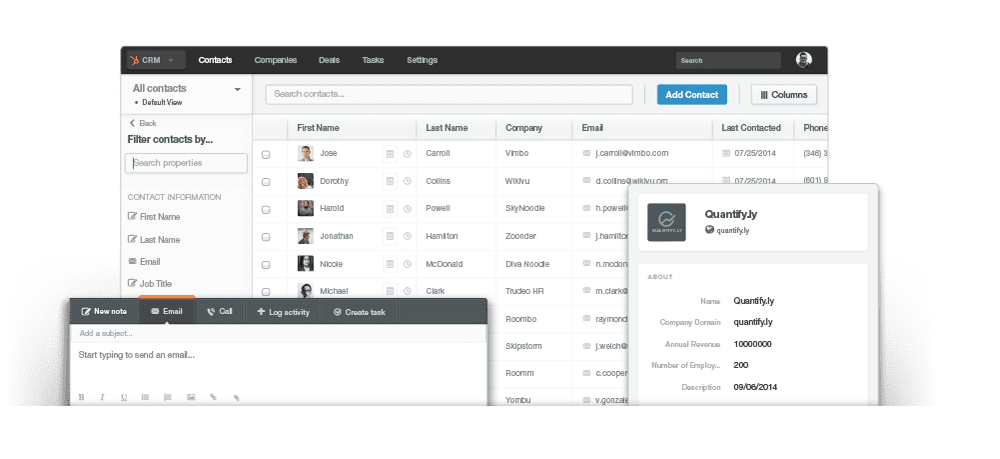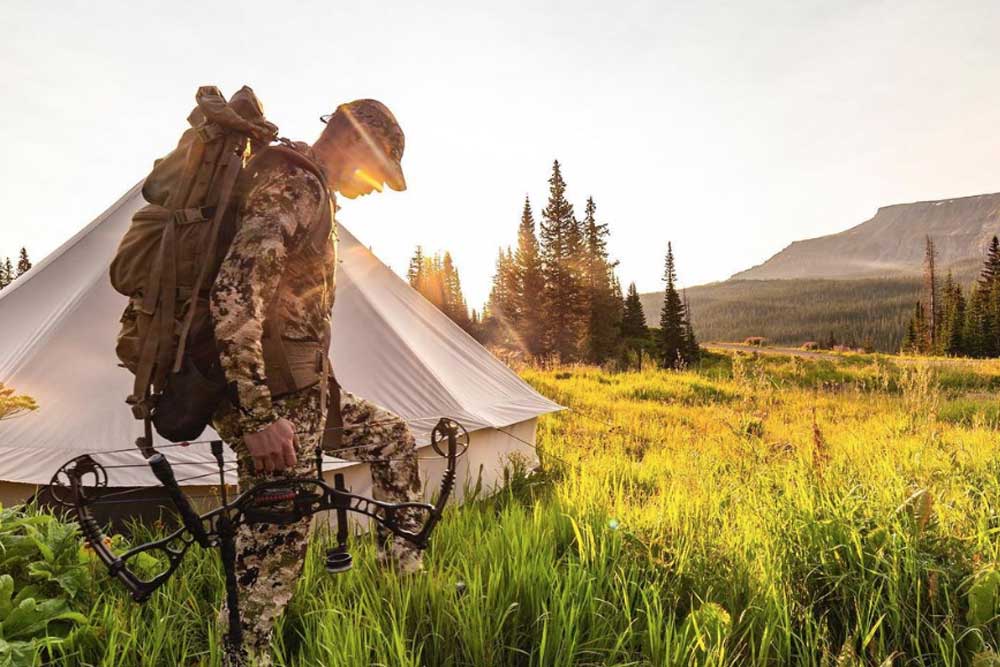
Instagram is a powerful tool for outdoor, hunting, and shooting sports businesses of all sizes. It can be used to build brand awareness, connect with customers, and drive traffic to your website. If you are a business owner our outdoor industry marketing manager who sells products or services that can be enjoyed outdoors, it is especially important to have a social media strategy in 2022.
In this article, you will learn the necessary components of a Instagram social media strategy for outdoor brands and get some tips to get started.
Goal
As with any marketing strategy, you should always start with a goal. Setting a goal gives you strategic direction and outlines where you are going and provides a context in how to get there. Without a goal, you are simply posting content for the sake of posting. So, what do you want to achieve with Instagram? Do you want to increase brand awareness? Drive traffic to your website? Sell more products? Once you have answered this question, you can start to develop your strategy.
Sample Goal: We will accomplish a 20% increase in Instagram followers by Q3 because we want to build brand awareness of our new broadhead.
Target Audience
Who is your target audience or buyer persona? This is an important question to answer as it will dictate the type of content you share, the tone of your posts, and the social media platforms you use. For example, if you are targeting young adults who are active and enjoy spending time outdoors, hunting or fishing, you will want to focus on platforms like Instagram. However, if your target audience is politicos fighting for 2A and conservation rights, you will want to be active on platforms like Twitter or TruthSocial.
Additional Reading: 5 Ways Social Media Works For Your Hunting Company
Now that you have a basic understanding of what you need to get started, you have to develop 7 talking points based around the art of storytelling. Creating this framework or communication playbook will provide you the guidance you need to ensure each social media post is on brand, on message, and adds value to your audience. The most important aspect of this approach is you know what to say and what order to say it in.
The following should be included in your Instagram strategy:
- Name your campaign: product launch, hunting season, holiday season, ATA Show, etc.
- A content calendar
- Key messaging
- A process for creating and curating content
- Posting frequency

Photo credit: Spectre Broadheads
1. Controlling Idea
First, start by creating a controlling idea. A controlling idea is the “why” or the point of why you are posting. Every Instagram campaign should have a controlling idea. This ensures that all your posts in your campaign has a purpose and is not just random content.
In the following, we’re going to use an archery broadhead product called Buck-O’ as an example. Your posts might revolve around the following controlling ideas:
- Buck-O is different than other broadheads because it flys farther and straighter
- Buck-O performs in extreme conditions
- Buck-O is hand made from 0.36 stainless steel blades
2. Story Question
The story question is the question you must posit in your customer’s mind: Will this product help me harvest more bucks? Will my broadhead fail when I have that once-in-a-lifetime shot? The story question outlines the problem and the what-ifs.
The human brain is a problem-solving device. When you give it a problem it’s interested in, it will work on that problem until it solves it. This is called the reticular activating system, and you can use this to your advantage on social media by agitating the problem your customer is having.
For example:
- Tired of your broadhead failing?
- Does your broadhead leave a big enough blood trail?
- Did your broadhead not perform as advertised?
3. Agitate the Problem
Next, create a statement that agitates the problem further. The key here is to take the problem your broadhead solves and make the situation worse. Taking what we created above, add the agitation:
- Tired of your broadhead failing? That buck get away again?
- Does your broadhead leave a big enough blood trail? Great shot, but now you can’t find where your trophy shot went.
- Did your broadhead not perform as advertised? Your family is not going to be happy.
See how we stated a problem our customer is having and then agitated it a little more? This is what you need to do in your social media posts.
The next step is to come up with what’s at stake.
4. The Stakes
If there are no stakes in a story, then it’s not a story. The stakes are what make the story interesting and worth telling.
Once again, let’s add to the above…
- Tired of your broadhead failing? Did that buck get away again? The season ends next weekend.
- Does your broadhead leave a big enough blood trail? It looked like a great shot, but now you can’t find where trophy shot went. That freezer is going to be bare this winter.
- Did your broadhead not perform as advertised? Your family is not going to be happy. You don’t want to tell them you had another mechanical broadhead malfunction.
In the next section, you get to save the day by coming in and helping your customer save the day.
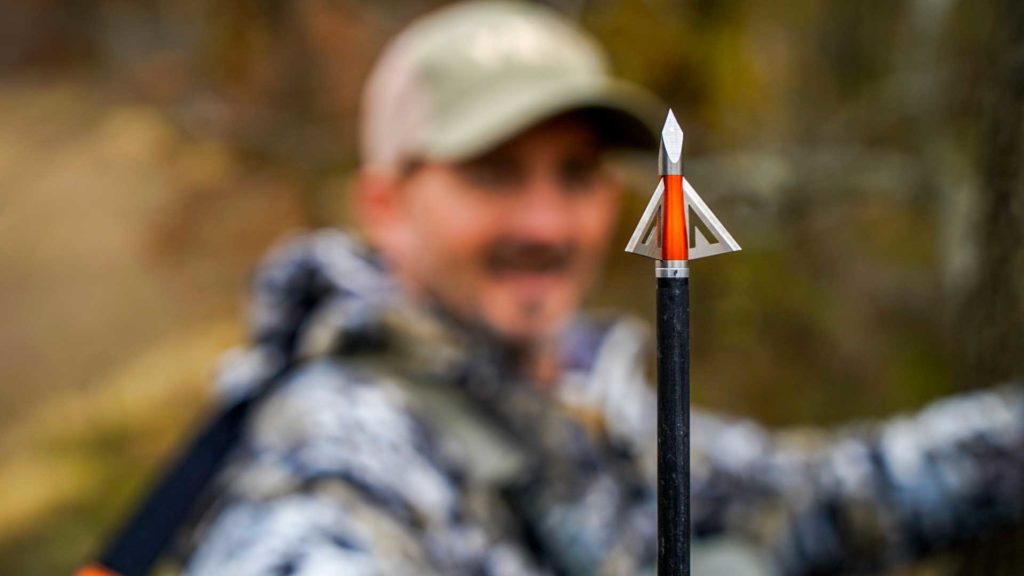
Photo credit: WASP Archery
5. The Guide
The guide is you. Your customer is the hero. Your brand is not the hero in your story, your customer is. So many brands in the industry want to play the hero. So now that you’ve stated a common problem, agitated it, and described the stakes you now get to step in like Yoda (or Morpheus) and save the day. For more on the what it means to play the guide, read this post.
- Tired of your broadhead failing? Did that buck get away again? The season ends next weekend. Luckily Buck-O broadheads have a 100% open rate and will never fail you.
- Does your broadhead leave a big enough blood trail? It looked like a great shot, but now you can’t find where trophy shot went. That freezer is going to be bare this winter. We understand what it’s like to make a great shot only to see your trophy run away, thats why Buck-O broadheads are consistent, durable and reliable.
- Did your broadhead not perform as advertised? Your family is not going to be happy. You don’t want to tell them you had another mechanical broadhead malfunction. We had enough of the silent treatment when coming home empty-handed and decided to do something about it and created Buck-O broadheads.
6. The Plan and Call to Action
Every guide has to give the hero a plan to win the day and call them action. Next add your plan on how to solve their problem and what to do next. Give them the stepping stones to cross the creek and a clear yes or no decision.
- Tired of your broadhead failing? Did that buck get away again? The season ends next weekend. Luckily Buck-O broadheads have a 100% open rate and will never fail you. To keep bucks from getting away, go to our website and buy one today.
- Does your broadhead leave a big enough blood trail? It looked like a great shot, but now you can’t find where trophy shot went. That freezer is going to be bare this winter. We understand what it’s like to make a great shot only to see your trophy run away, that’s why Buck-O’ broadheads are consistent, durable, and reliable. Shop our website or see your local dealer.
- Did your broadhead not perform as advertised? Your family is not going to be happy. You don’t want to tell them you had another mechanical broadhead malfunction. We had enough of the silent treatment when coming home empty-handed and decided to do something about it and created Buck-O’ broadheads. Our broadheads are field tested and proven. Go to our website, shop our broadheads and have it delivered to your door in 3 days!
Lastly, we want to end our posts by foreshadowing the climatic scene.
7. Foreshadow the Climactic Scene
Now add the last piece of your post by foreshadowing the climatic scene. This is typically the outcome or the do-or-die moment in your short story that satisfies the brain’s desire to solve the problem.
- Tired of your broadhead failing? Did that buck get away again? The season ends next weekend. Luckily Buck-O broadheads have a 100% open rate and will never fail you. To keep bucks from getting away, go to our website, choose your broadhead. Never lose a shot again. #hunting #archery #whitetaildeer
- Does your broadhead leave a big enough blood trail? It looked like a great shot, but now you can’t find where your trophy shot went. That freezer is going to be bare this winter. We understand what it’s like to make a great shot only to see your trophy run away, that’s why Buck-O’ broadheads are consistent, durable, and reliable. Shop our website or see your local dealer and make bigger blood trails. #hunting #deerseason #whitetaildeer #archeryhunting
- Did your broadhead not perform as advertised? Your family is not going to be happy. You don’t want to tell them you had another mechanical broadhead malfunction. We had enough of the silent treatment when coming home empty-handed and decided to do something about it and created Buck-O’ broadheads. Our broadheads are field tested and proven. Go to our website, shop our broadheads and have it delivered to your door in 3 days! Join the Buck-O’ brotherhood and make your family happy. #hunting #archerylife #deer
A quick word on #hashtags
Hashtags are used so others can find you. Here are three rules of thumb. You can use up to 11 hashtags, don’t use the same hashtags over and over again and you can bury them if you don’t want them to be seen by adding spaces or placing them in the comments. Instagram does ban some hashtags but they don’t make the list public. For guns and other hunting hashtags experiment with your hashtags to see which ones get the most engagement (views, likes and shares). This will help you understand if you’re being throttled. If you post a bloody picture, you most likely won’t see it show up in the feed or it may get blocked or flagged.
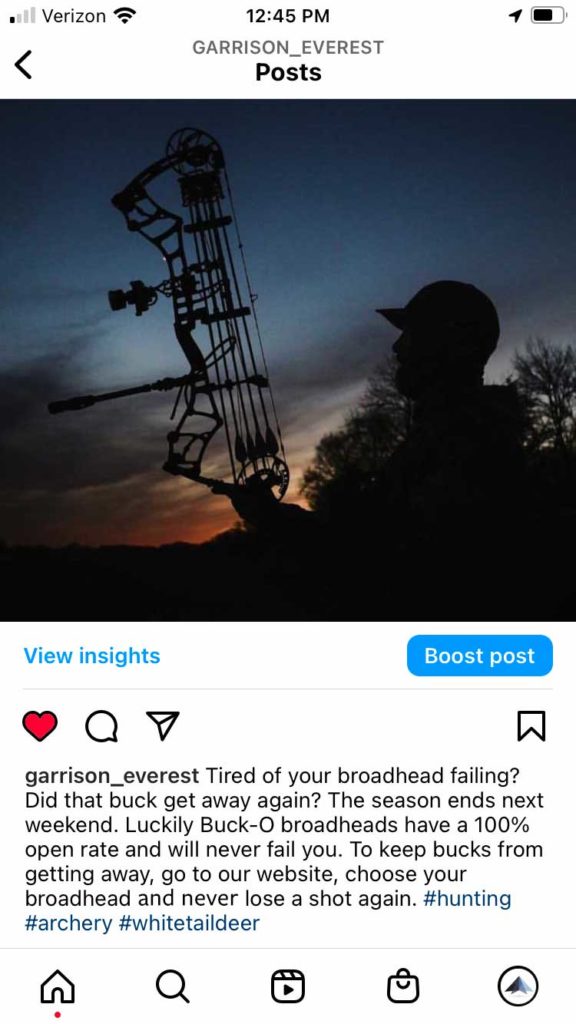 8. Add a professional photo or video
8. Add a professional photo or video
Now that you have a basic framework on how to write engaging posts that get results, you need to identify and reach out to a photographer/videographer who can bring your posts to life. Content is king. Professional imagery and video will provide your followers with engaging, memorable content that will make them want to follow you and purchase your products.
Right now, Instagram seems to favor reels (short videos). Try experimenting with short videos and track your results in the form of views, likes, shares, website traffic, email signups and sales.
9. Bring it all together by combining Instagram with email
Due to the unfair and illegal censorship of our industry, you must drive your followers to sign up for your emails to stay informed. A lot of times they won’t see your posts, especially on Facebook. You can also use other platforms like GoWild, TruthSocial, or MeWe to reach a wider audience. You can also sign up influencers to help expand and create content for your brand.
So in conclusion, an effective social media strategy for an outdoor, hunting to shooting sports brand should include:
- A goal
- Target audience
- A short, attention-grabbing intro/headline
- Compelling copy that tells a story and/or solves a problem
- Professional imagery or video
- A call to action telling the audience what you want them to do next
- Hashtags
- Double down with email
- Expand with influencer marketing
Now that you have the framework, go out and create content that will engage your audience and convert them into customers. If you got questions, give us a call or signup for an online course in communication to get started.



